Annularis Angelfish
$159.99 – $219.99
-
Select Variant
Annularis Angelfish is also referred to as the Blue Ring Angelfish and Blue King Angelfish because of its stunning sapphire stripes on an overwhelmingly brown body and the whitish-blue tail.
A minimum of 200-gallon tank size is needed for an Annularis single. Make sure you have plenty of hiding spots like caves or live rock to feed. One word of caution This species can nibble at sessile invertebrates right from the bottom like corals, nudibranchs as well as tridacnid (three-footed) clams. Therefore, this Annularis Angelfish would not make an ideal reef dweller. The Annularis is considered to be semi-aggressive. Annularis could become territorial after having adjusted to its tank.
The majority of Angelfish are considered to be hermaphrodite, and, as such, it's difficult to distinguish between males and females.
An Annularis' diet Angelfish must include meats, vegetables and angelfish food preparations with sponge-like products. At first, the fish might need to be fed live food like brine shrimp or freshly cut seafood to encourage it to eat.
Estimated Purchase Size: Juvenile Small: 1" to 1 3/4"; Medium: 1 3/4" to 2"; Large: 2" to 2 3/4"; Sub Adult/Changing: Small; 2" to 2-3/4"; Medium: 2 3/4" to 3"; Medium/Large: 3" to 3-1/2"; Large: 3-1/2" to 4"; Adult Small: 3" to 3 1/2"; Medium: 3 1/2" to 4"; Medium/Large: 4" to 5"; Large: 5" to 6"; X Large: 6" to 7"; Show Size: 8" to 9"
- Description
- Additional Information
- Reviews
Annularis Angelfish Overview
The Annularis Angelfish, also known as the Blue Ring Angelfish or Blue King Angelfish, is a striking species found in the Indo-Pacific region. This guide covers its appearance, diet, and habitat needs.Annularis Angelfish Appearance
Juvenile Annularis Angelfish
- Coloration: Vertically striped with white and light blue.
- Body Color: Black, which gradually changes to a brownish hue as they mature.
Adult Annularis Angelfish
- Coloration: Stunning sapphire stripes that stretch diagonally from the chest to the posterior dorsal fins.
- Body Color: Predominantly brown with a whitish-blue tail.
- Fins: Soft posterior dorsal fins with striking coloration.
Size and Tank Requirements
- Tank Size: A minimum of 220 gallons is essential for an adult Annularis.
- Hiding Spots: Provide plenty of caves and live rock for grazing and hiding.
Behavior and Compatibility
- Aggression: Semi-aggressive and may become territorial after acclimation.
- Reef Compatibility: Not suitable for reef tanks as it nips at sessile invertebrates like feather dusters, tube worms, clams, and corals.
Hermaphroditic Nature
- Sexual Characteristics: Hermaphroditic with no visible difference between males and females. Differences in body shape are noticeable only when fully mature.
Annularis Angelfish Diet & Nutrition
Natural Diet
- Omnivore: Feeds on benthic invertebrates, zooplankton, sponges, tunicates, and coral polyps.
- Additional Foods: Algae, ascidians, weeds, and nektonic fishes.
Aquarium Feeding
- Recommended Foods: Prepared mixes with sponges, frozen meaty items like shrimp, and algae-rich diets like Nori flakes.
- Feeding Frequency:
- Adults: At least two times a day.
- Juveniles: 3-4 times per day.
Annularis Origin
- Geographic Range: Found throughout the Indo-Pacific region from Sri Lanka to the Solomon Islands and from the Philippines to northern Australia.
- Aquarium Release: An unusual sighting was noted near Osezaki, Japan.
Distinctive Features
- Common Names: Also known as the Blue Ring Angelfish and Blue King Angelfish.
- Appearance: Features brilliant sapphire stripes over a brown body with a whitish-blue tail.
Key Considerations:
- Tank Size: Ensure a 220-gallon tank or larger.
- Hiding Spots: Provide ample caves and live rock.
- Reef Compatibility: Not ideal for reef tanks.
- Juvenile Small: 1" to 1 3/4"
- Medium: 1 3/4" to 2"
- Large: 2" to 2 3/4"
- Sub Adult/Changing Small: 2" to 2-3/4"
- Medium: 2 3/4" to 3"
- Medium/Large: 3" to 3-1/2"
- Large: 3-1/2" to 4"
- Adult Small: 3" to 3 1/2"
- Medium: 3 1/2" to 4"
- Medium/Large: 4" to 5"
- Large: 5" to 6"
- X-Large: 6" to 7"
- Show Size: 8" to 9"
LINKS to follow:
size
Large, Medium, Small
Units
1
Weight
6 lbs
Dimensions
1 × 1 × 1 in

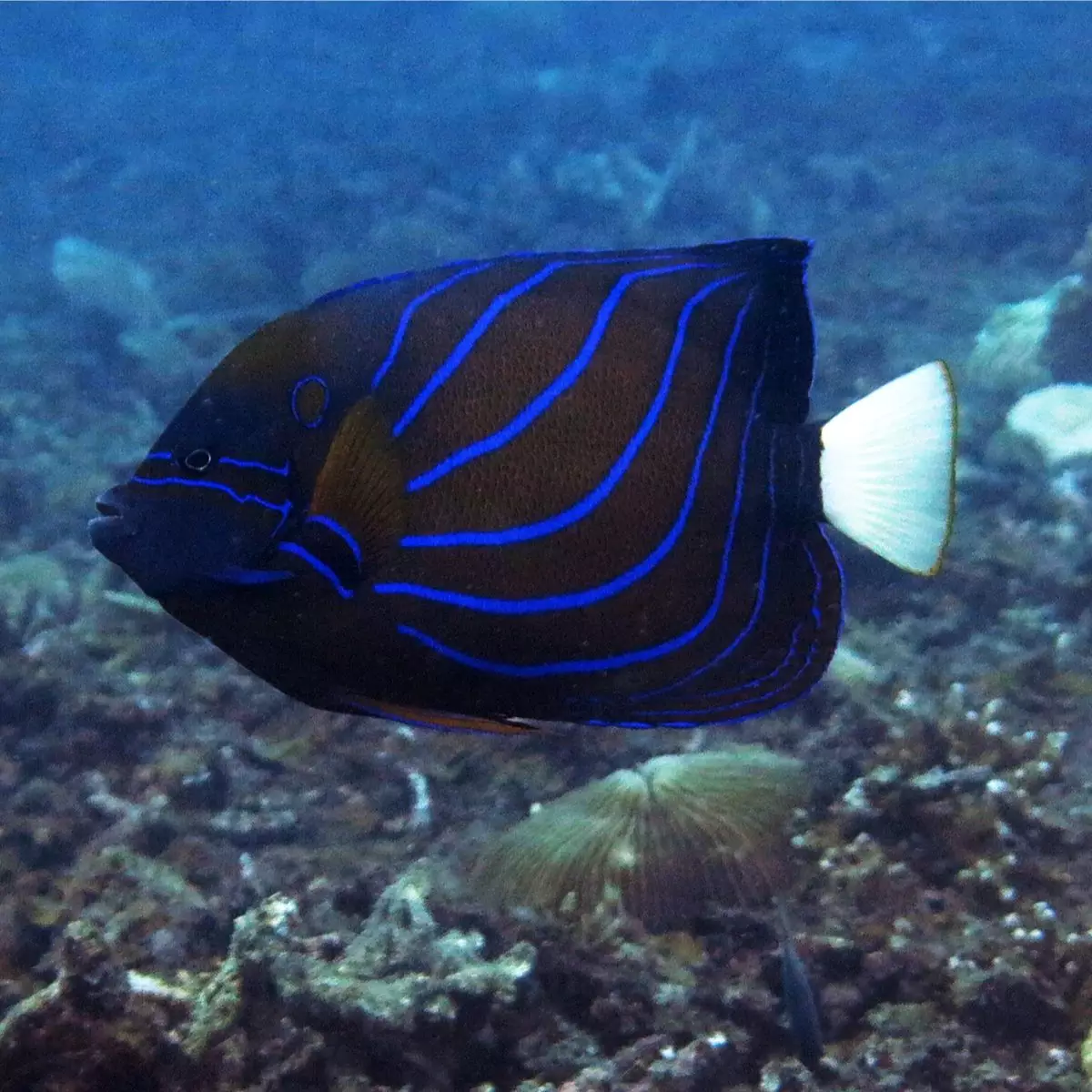
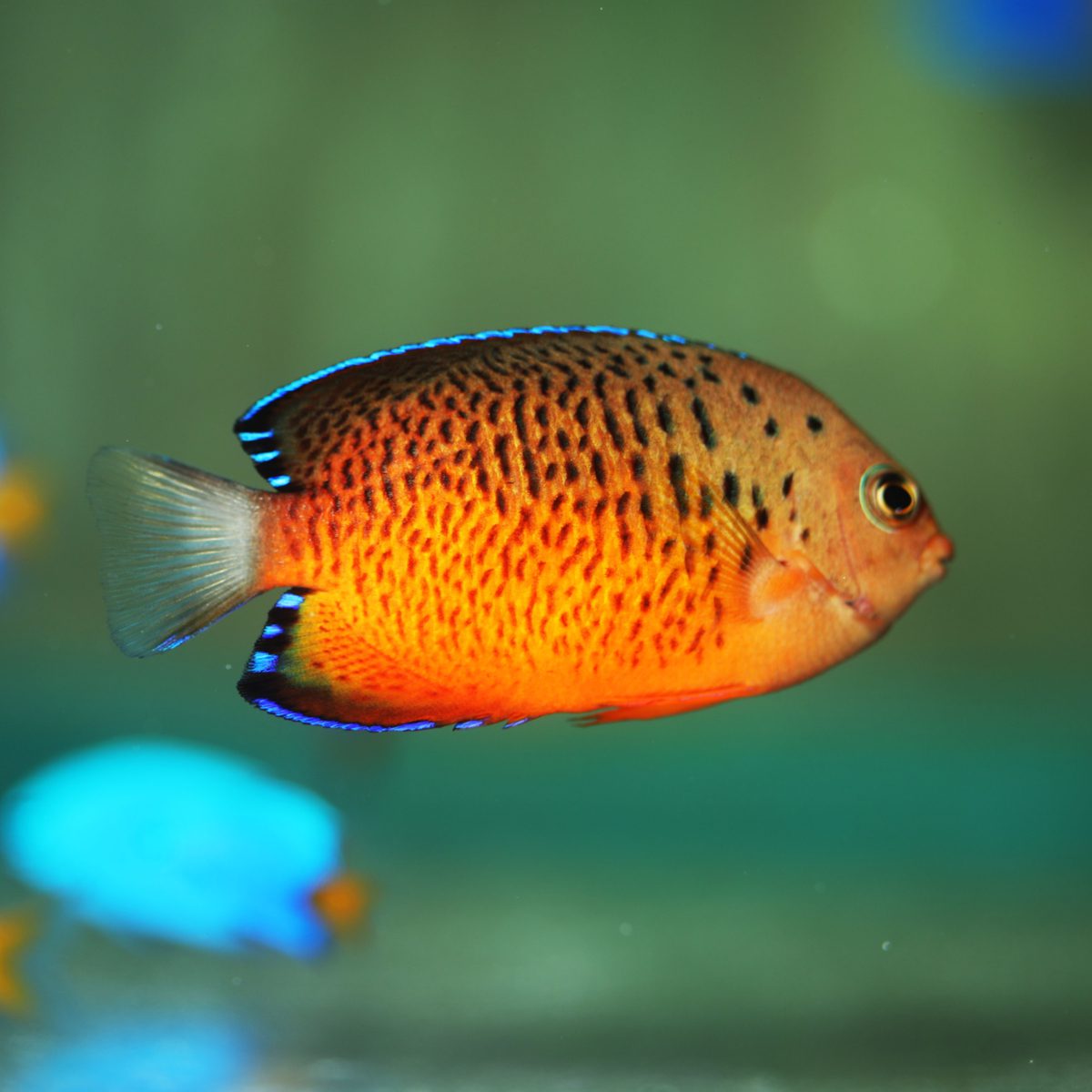
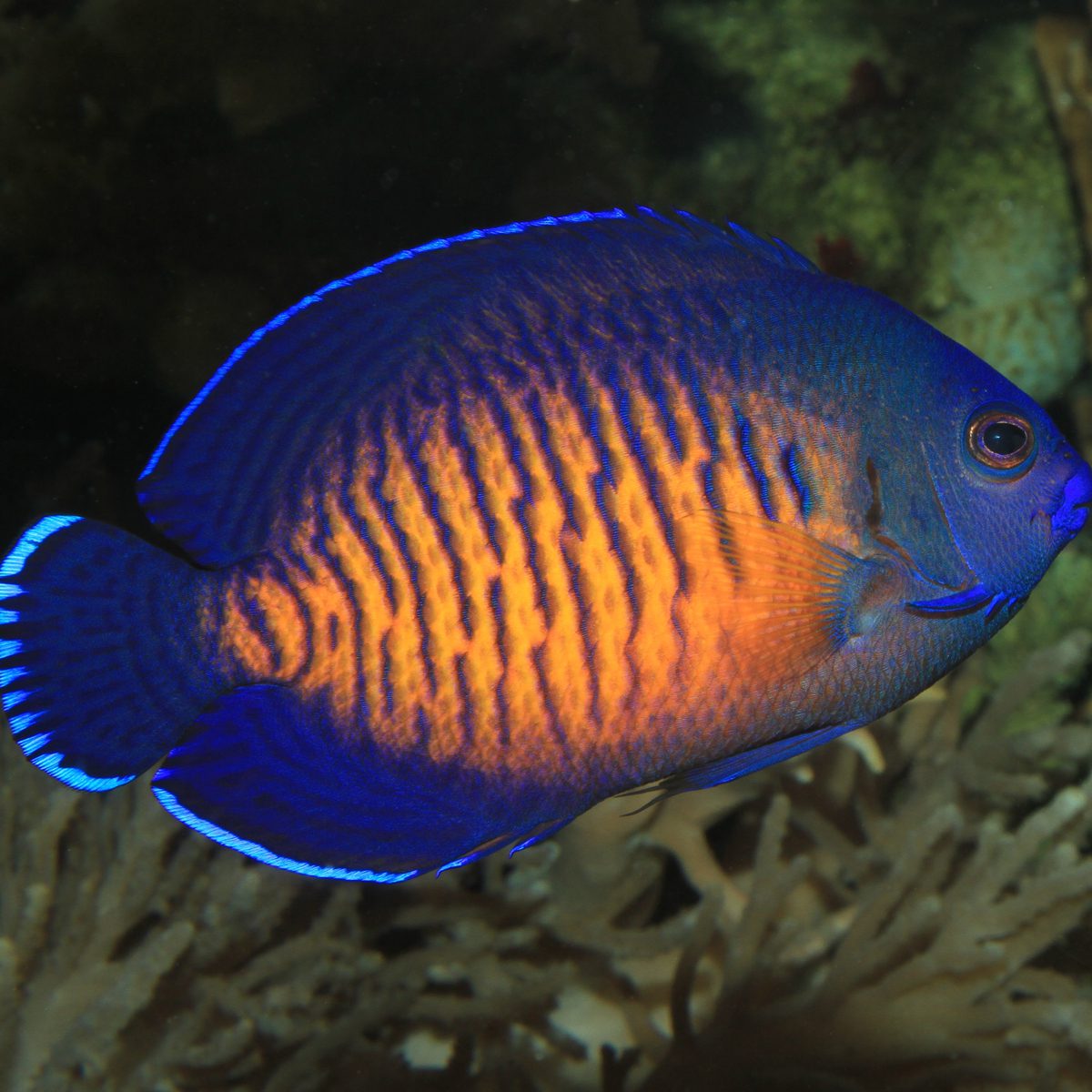
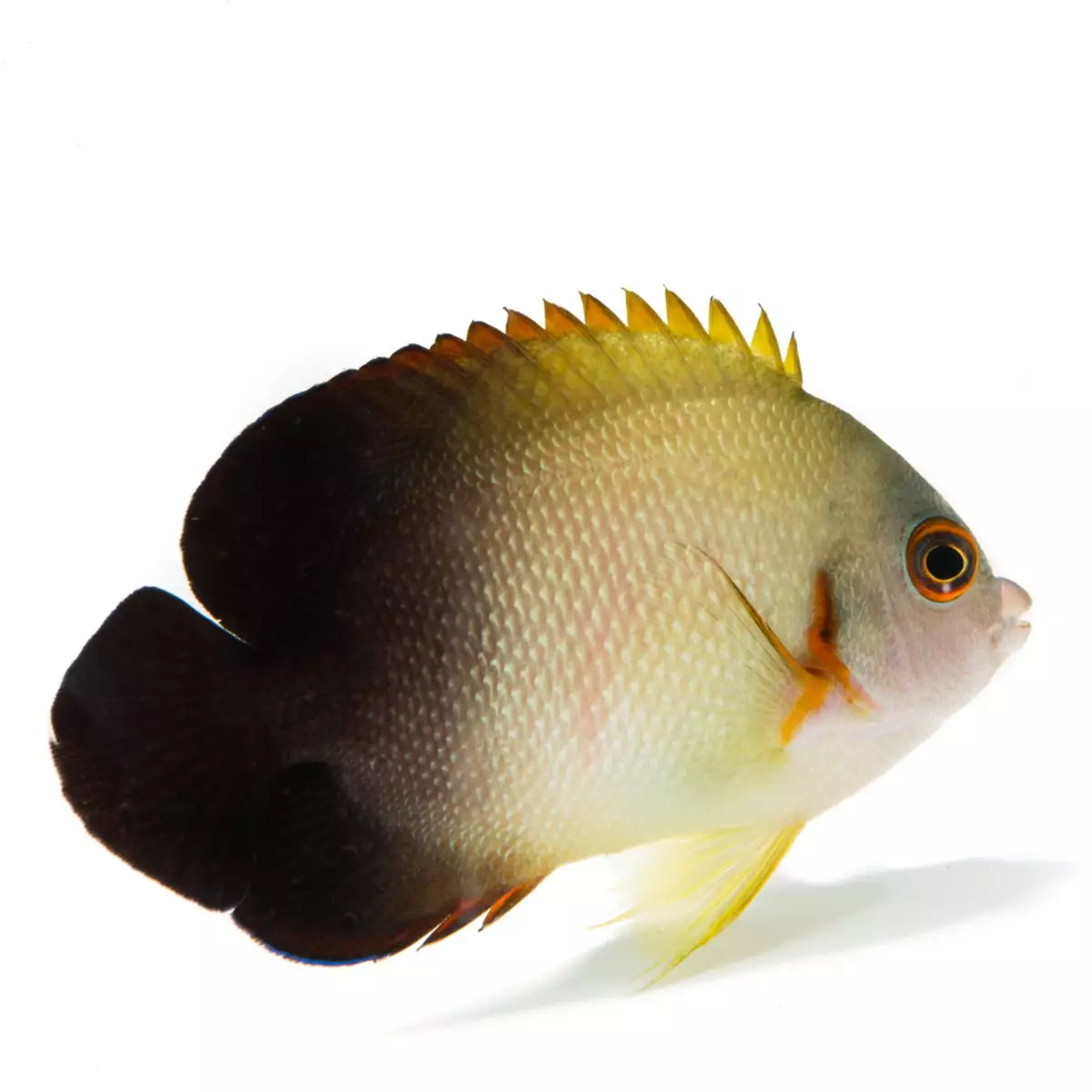
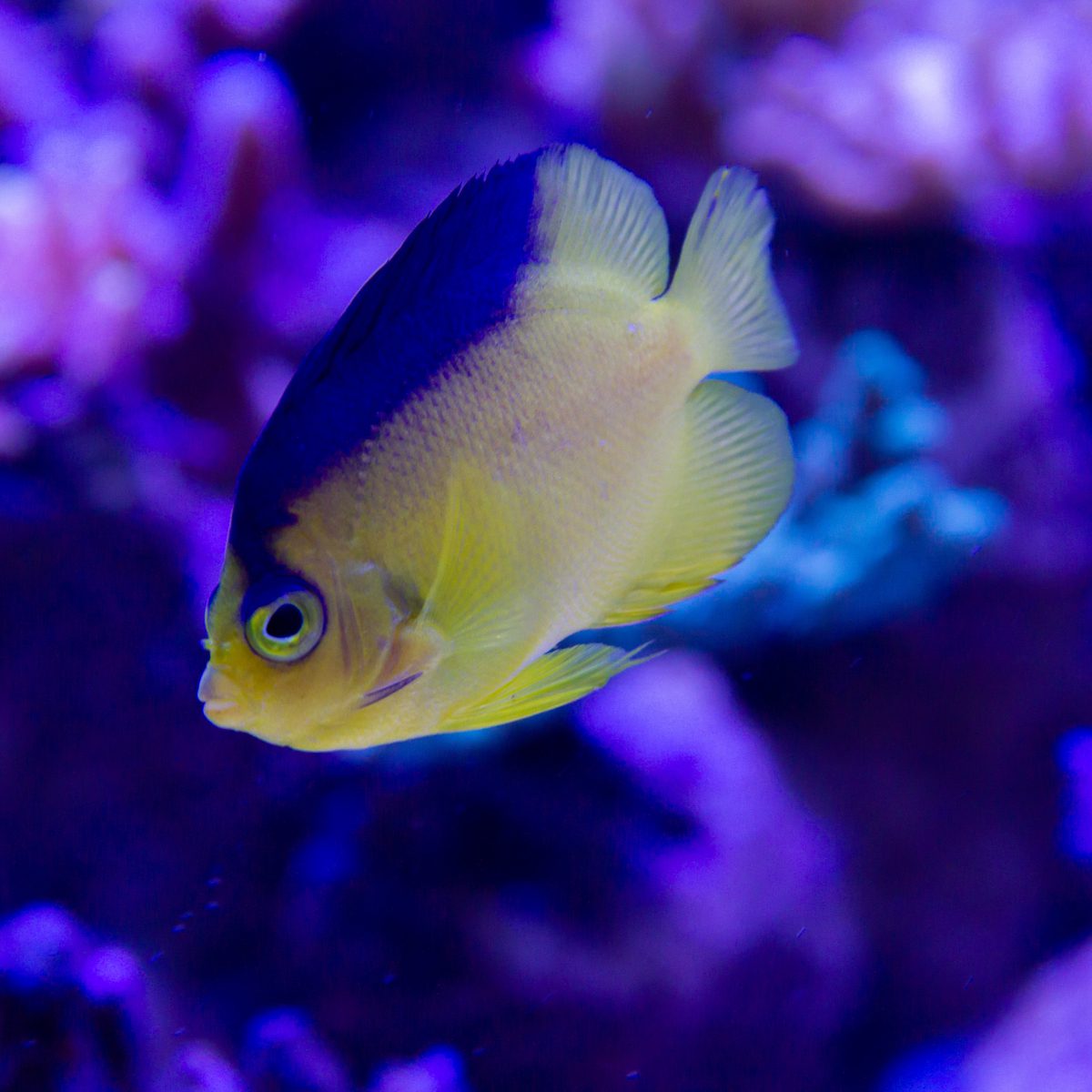
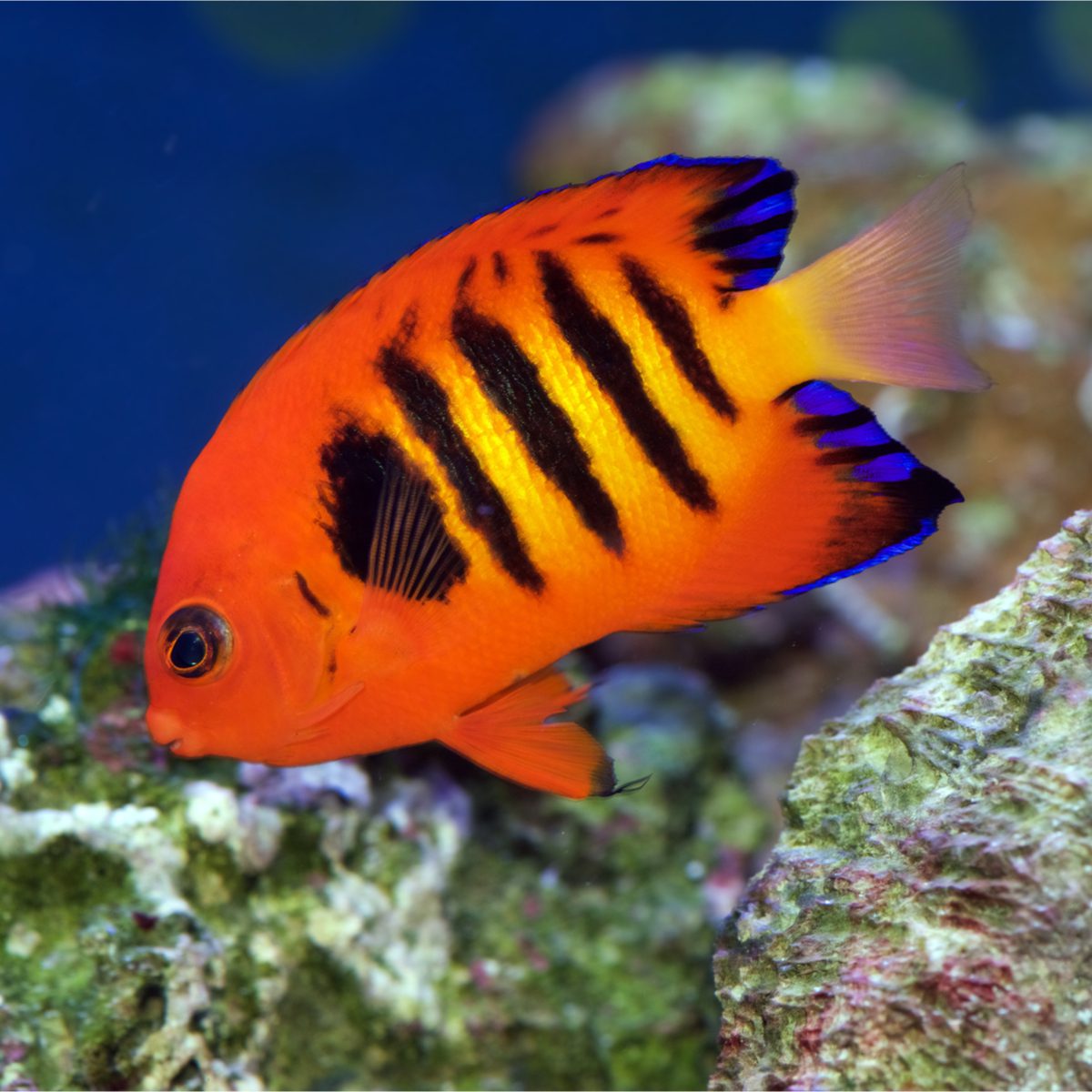
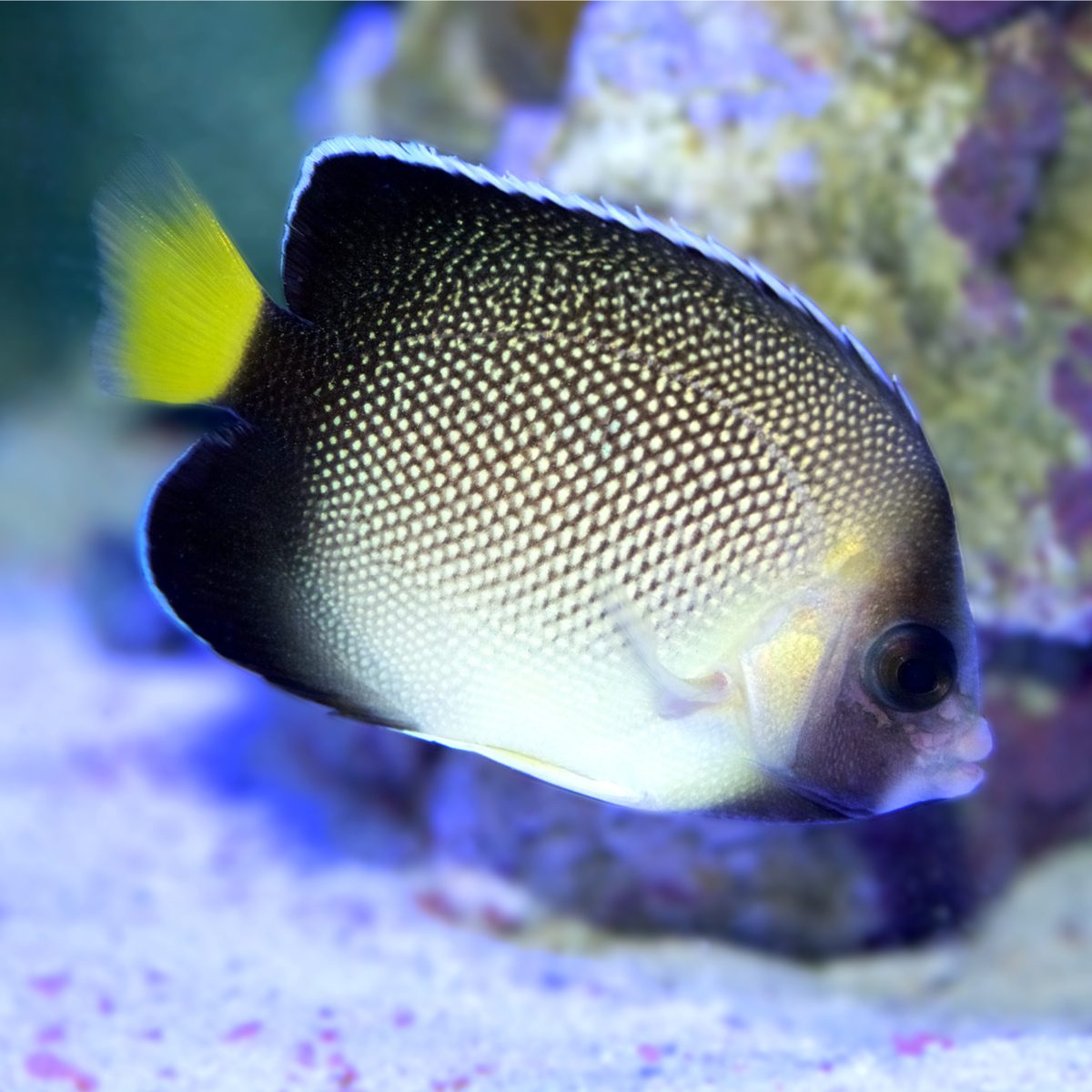
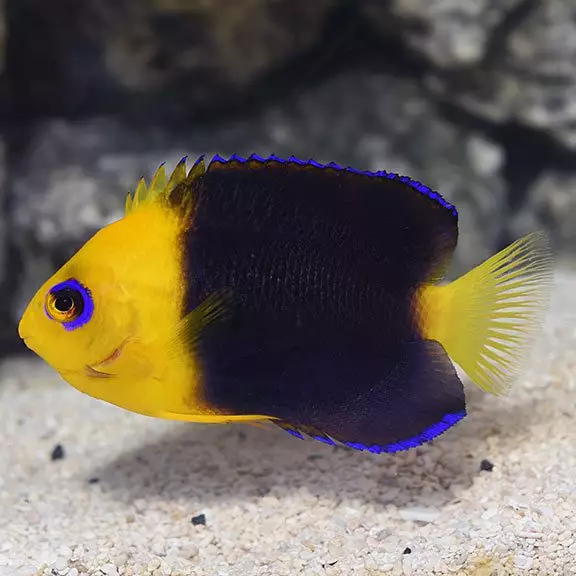
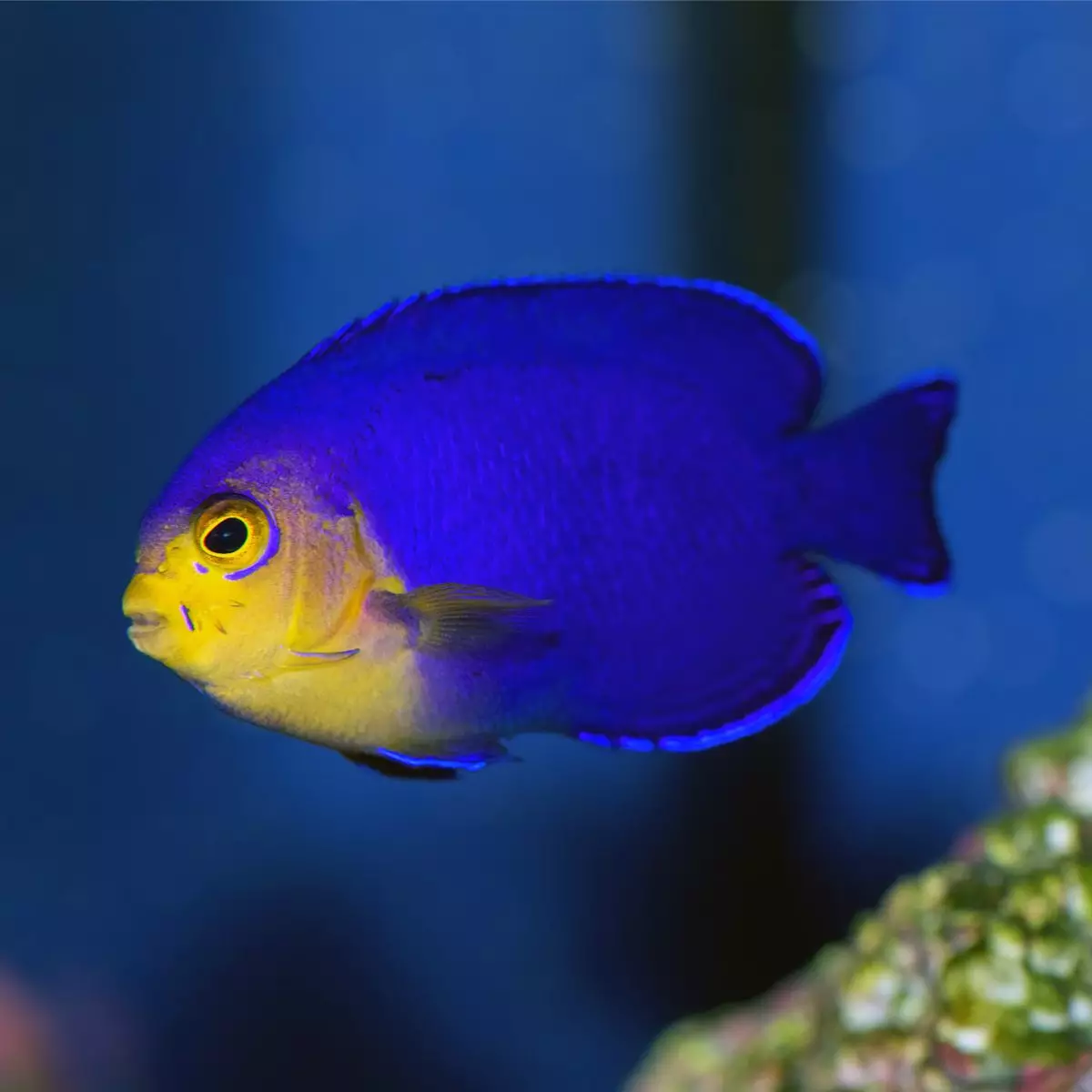
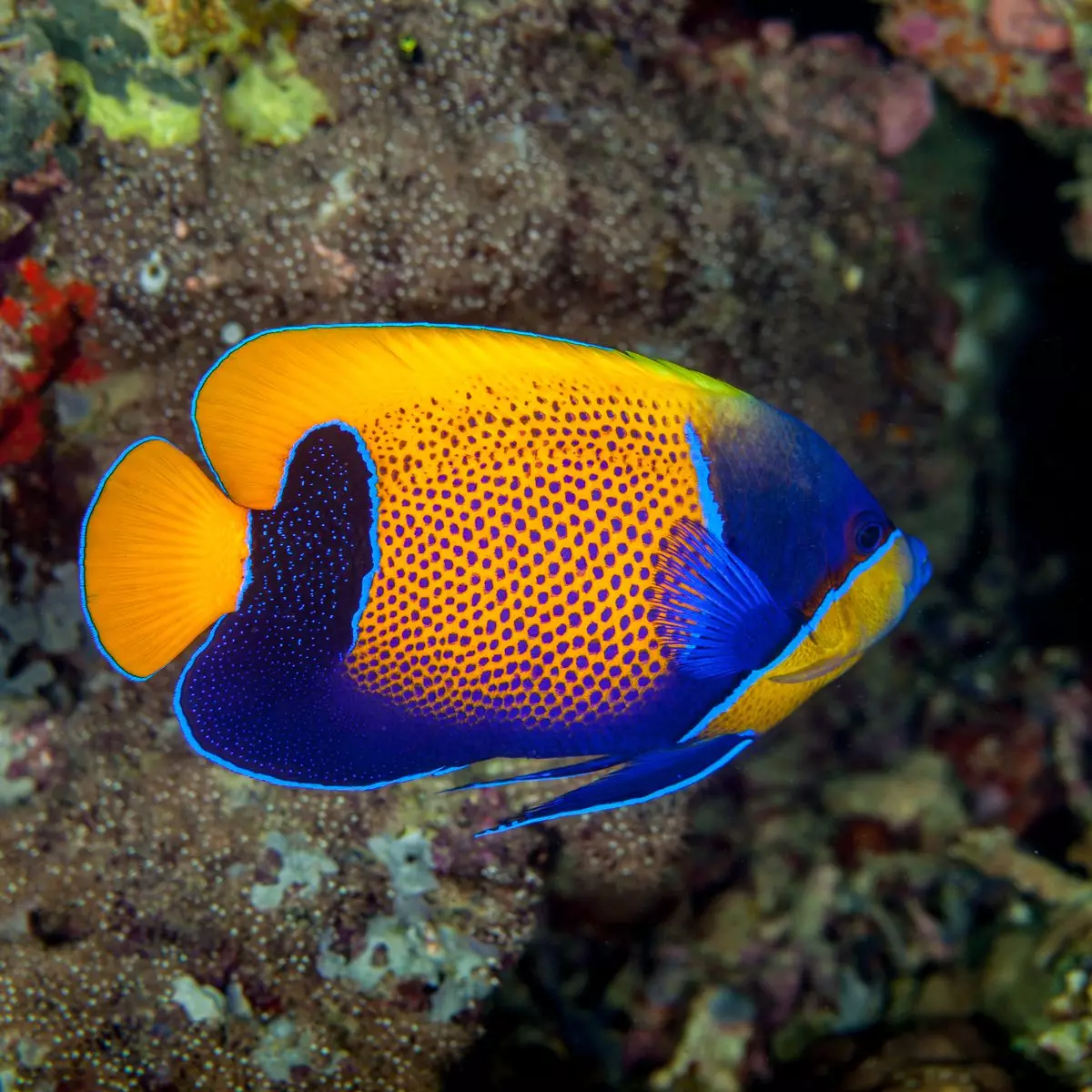
Reviews
There are no reviews yet.